Demand engineering solutions based on DOORS and Rhapsody
Customer pain points:
1. The requirements engineering process is not clear, causing the project team members not to know where they are? What should be done? What method should be used? What kind of output should be produced...
2. The lack of means for demand collection leads to a serious disconnect between the initial demand and the project boundary, and insufficient demand information;
3. The demand analysis still relies on personal experience/capabilities, resulting in a lack of comprehensive dimensions of demand analysis and an increase in demand;
4. The method of writing requirements is not standardized, which leads to the possibility of ambiguity, conflict, duplication, untestability, etc. in the requirement description itself, and thus the invalid demand;
5. Due to the lack of means for demand verification, the requirement verification is not performed or the experience of the person is reviewed, resulting in the project's requirements document itself cannot guarantee consistency and comprehensiveness, and the requirements specifications are not in compliance;
6. The discrete management of the requirements document seriously affects the requirements change, change impact analysis, and demand review in the project process.
The requirements analysis uses system specifications and project planning as the basic starting point for the analysis activities, and checks and adjusts them from a software perspective. At the same time, the requirements specification is the main basis for software design, implementation, testing and maintenance. Good analytical activities help avoid or eliminate early errors as early as possible, increasing software productivity, reducing development costs, and improving software quality. Hengrun Technology provides users with model-driven requirements engineering solutions based on IBM Rational DOORS and Rhapsody.
An Introduction
Requirements engineering is a process of continuous definition of requirements, documentation, and requirements evolution, and finally freezes requirements based on verification. Requirements engineering covers requirements development and demand management, and its activities are divided into the following five independent phases:
1. Demand acquisition: through the communication with the user, the observation of the existing system and the analysis of the task, thereby developing, capturing and revising the user's needs;
2. Requirements Modeling: Establish a conceptual model for the system that the end user sees as an abstract description of the requirements and capture as much of the real world as possible;
3. Form the requirements specification: Generate a precise formal description of the requirements model component as a contract between the user and the developer;
4. Requirements verification: The requirements specification is used as input, and the correctness and feasibility of the requirements specification are analyzed through symbolic execution, simulation or rapid prototyping;
5. Demand Management: Support the evolution of system requirements, such as demand changes and traceability issues.
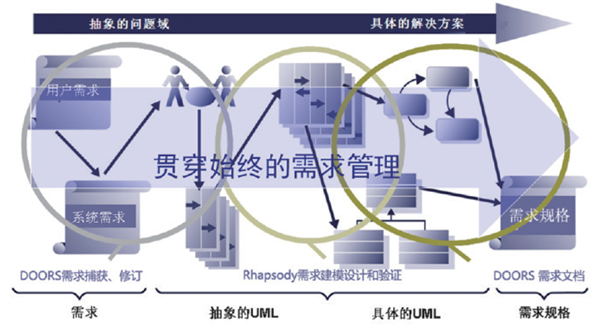
Illustration: Requirements Engineering Process
Main event introduction
1. Demand collection and writing
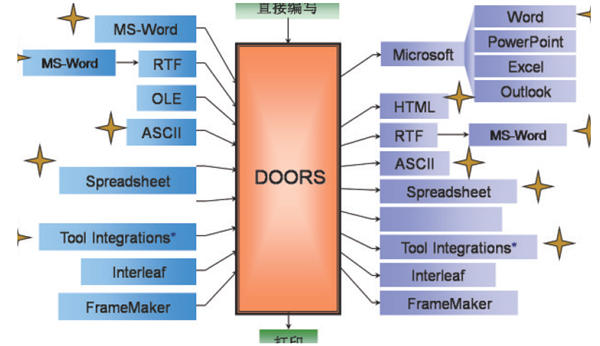
2. DOORS-based demand impact analysis and management
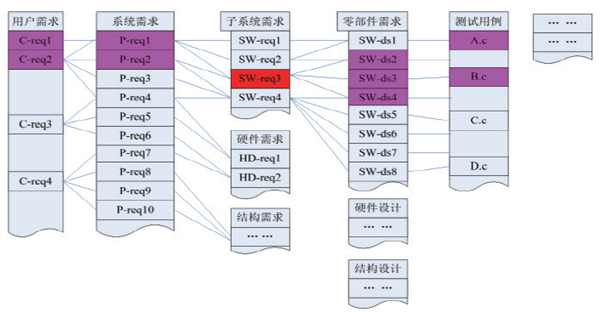
3. Demand extraction in DOORS, imported into Rhapsody requirements view, Rhapsody-based requirements modeling design and simulation verification process
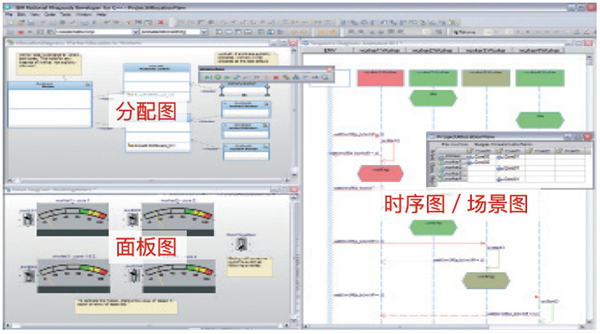
4. Testing of model elements based on Rhapsody ATG

5. Demand traceability and coverage analysis based on Rhapsody GateWay
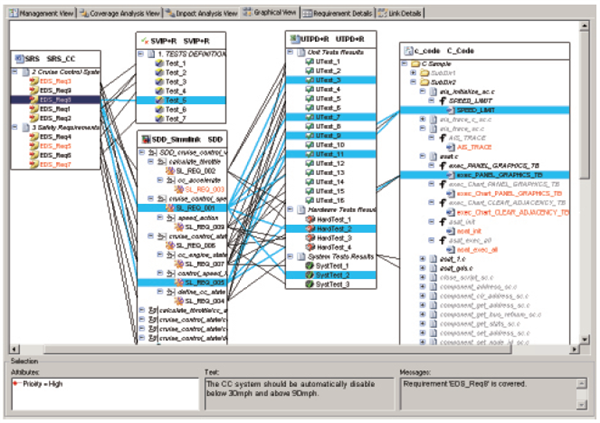
After years of engineering experience, Hengrun Science and Technology System Engineering Department introduces internationally excellent supporting tools. Based on the internationally advanced methodology, it abstracts the data of each stage of the demand engineering and establishes and proposes a set of model-based models. Demand engineering solutions. This program begins with requirements acquisition modeling through requirements analysis, requirements writing, formal modeling and verification of requirements, and requirements management of the entire life cycle. The support tools of the relevant stages have been expanded to realize the seamless transfer and integration of data, and to provide customers with solutions that integrate methodological guidance, consulting services and tool chains.

Manual Hospital Beds are medical beds that use hand cranks to raise the head, foot and height of the bed frame. There are variety of bed positions to meet patient needs. These beds are a cost-effective long-term care option. Many manual adjustable beds now come with built in side rails to prevent the patient from falling out of the bed. This ensures that the manual adjustable bed adheres to side rail regulations that need to be followed with certain patients, as well as preventing accidental injuries. They are mainly used in major hospitals, township health centers, community health service centers, rehabilitation institutions, and home care wards.
Our selection features - Electric Hospital Bed, Manual Hospital Bed , Hospital Bed For Home, ICU Hospital Bed , Foldable Hospital Bed, etc. We really do have a hospital bed to suit anyone and their requirements.
Medical Bed Supply,Twin Medical Bed,Manual Hospital Bed,Medical Hospital Bed
Jiangmen Jia Mei Medical Products Co.,Ltd. , https://www.jiamei-medical.com